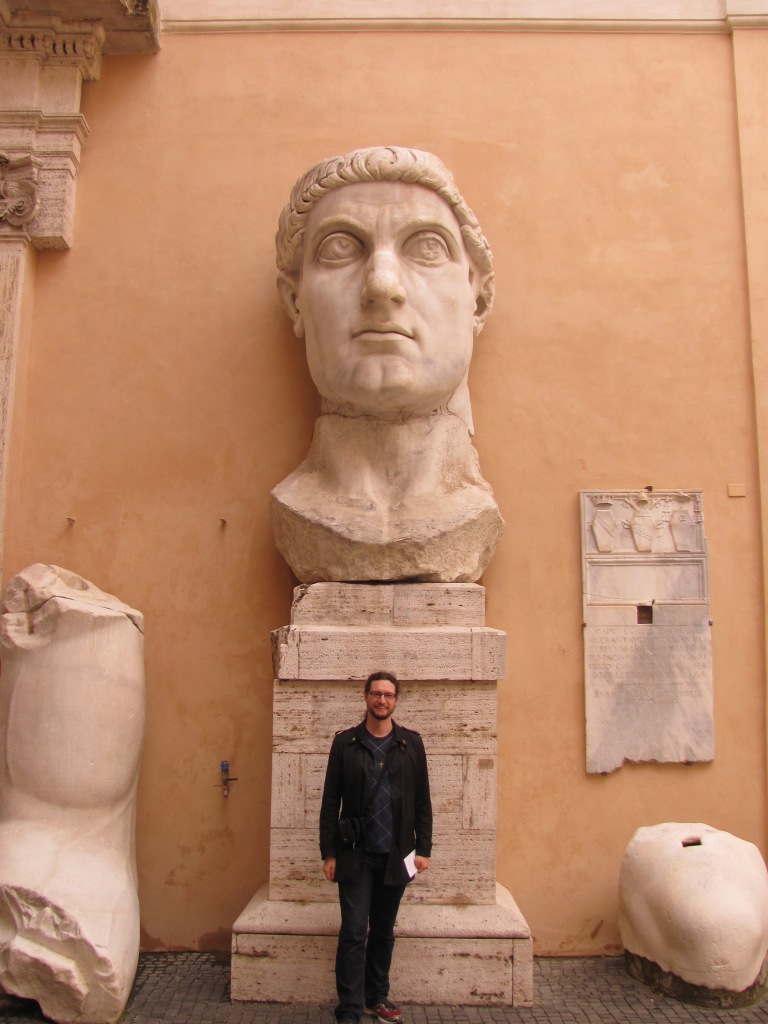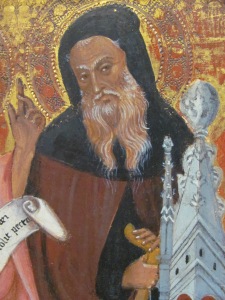I am pleased to finally get around to announcing here that I am teaching “Constantine and the Conversion of the Roman Empire” for Davenant Hall this January. You can sign up here — auditors are always welcome and don’t even have to tune in live! (Although you’ll get more out of discussion time by actually … discussing…)
This course is very timely — people on the Internet and in books and now even in movies are discussing something called “Christian Nationalism”, and whatever that is, it involves Christians holding some form of political power and framing laws relative to Christian morality. However one feels about that term or those who use it or what on earth it actually means, the question of Christians and political power is one that will never go away.
Alternatively, for those of us in the UK and the Commonwealth Realms, on 6 May we had the opportunity to witness the coronation of a new king — the first coronation in 70 years! There we also saw a vision of temporal, earthly power and its relationship to God and Christianity, as the King was presented with a Bible at one point and promised to uphold the Protestant Reformed Church of England, and then anointed with oil and crowned by the Archbishop of Canterbury. He was also handed an orb surmounted by the cross, itself a symbol that the true ruler and power over the world is Jesus of Nazareth.
In countless ways, we can consider how the politics and culture of Europe and her outposts (North America, Australia, etc) have been deeply transformed by Christianity over the centuries. In the great chain of events as we go back in time, so much of this can be traced to Constantine, who ruled the Roman Empire (or parts of it) 306-337.
From at least 312, if not 310, Constantine was pursuing policies that would not only favour Christianity but set the stage for the Christianisation of the Roman Empire. From 312, he himself was publicly a Christian. He had Christian advisors, chose a Christian tutor for his son, gave all sorts of favours to the administration of the Christian Church, banned public sacrifice at pagan temples.
In my course, we are going to spend seven weeks exploring the life and policies of Constantine with a topical lecture from me and discussion of the primary sources — Eusebius’ Life of Constantine, Lactantius’ On the Deaths of the Persecutors, panegyrics praising the emperor, letters from the emperor, laws by the emperor, a speech of his called The Oration to the Saints, as well as some dissent from the other side plus a bit of art and coinage (you know an ancient historian loves a good coin!).
What did his legacy look like? How did the rest of the fourth century play out? The final weeks of the course will look at his sons, especially Constantius II, and then the Emperor Julian (the last pagan emperor), finally closing with Theodosius I. We’ll look at these emperors and their religious policy through their laws, through the writings of Julian and the pagan orator Libanius, more panegyric, and the works of Athanasius against Constantius and then Ambrose of Milan on two counts — the dispute over the Altar of Victory in the Senate and then his speech On the Death of Theodosius.
All of this is interesting in and of itself, but it’s also important. If we want to know how to help advise or even rule wisely, how to pray for our leaders in government, we need to figure out sound political theology. Here in these sources are the foundational moments of Christian history for such an endeavour. The need is real. The time is now. Come, study with me — registration ends Friday!








